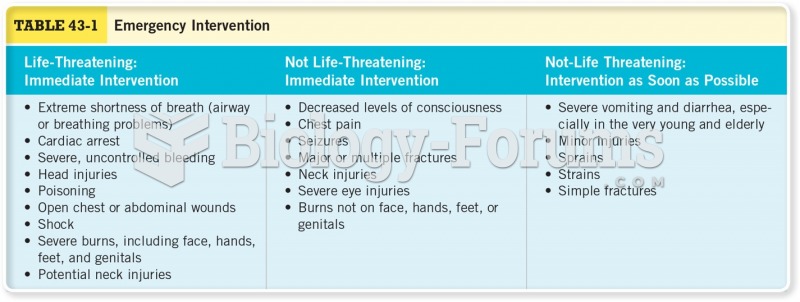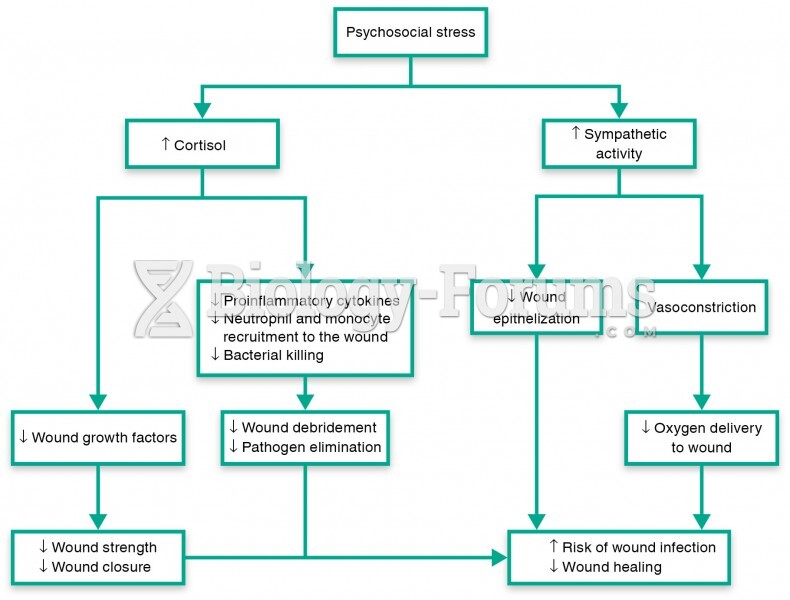Answer to Question 1
TRUE
Answer to Question 2
Antisocial personality disorder is a consistent pattern of disregard for and violation of the rights of others, as indicated by the following: failure to conform to social norms with respect to lawful behavior, arrest, lying, use of aliases, or conning others; impulsivity or lack of planning skills, irritability and physical fighting, disregard for the safety of self or others; regular irresponsibility; age at least 18 with evidence of conduct disorder before age 15.
Narcissistic personality disorder is a pervasive pattern of grandiosity, need for admiration from others, and a lack of empathy. Characteristics include the following: grandiose sense of self-importance, preoccupation with success and power; a belief that one is special and unique; need for excessive admiration, a sense of entitlement; exploitation of others for personal ends, a lack of empathy; envy of others or the belief that others are envious of oneself; arrogant, haughty behaviors or attitudes toward others.
Borderline personality disorder is characterized by a pervasive pattern of instability in interpersonal relationships, self-image, and affect, and marked impulsive features such as frantic efforts to avoid real or imagined abandonment. Characteristics include five or more of the following: a pattern of strained interpersonal relationships characterized by fluctuating extremes of idealization and devaluation; significant, consistent, unstable self-perceptions; impulsivity in at least two potentially destructive areas (other than suicidal or self-mutilating behaviors); recurrent suicidal behavior, gestures, or threats, or self-mutilating behavior; emotional instability due to a significant reactivity of mood; chronic feelings of emptiness; inappropriate irritability or expression of anger; or stress-related paranoid thoughts or severe dissociative symptoms.
Histrionic personality disorder is characterized by a pervasive pattern of excessive emotionality and attention seeking. Characteristics include at least five of the following: being uncomfortable when not the center of attention; showing inappropriate sexually seductive or provocative behavior; displaying quickly changing and superficial expression of emotions; using physical appearance as a means of getting attention; speaking in an impressionistic and simplistic manner; showing extreme emotionality and theatricality; being easily influenced by others; or perceiving relationships as more intimate that they are in reality.







